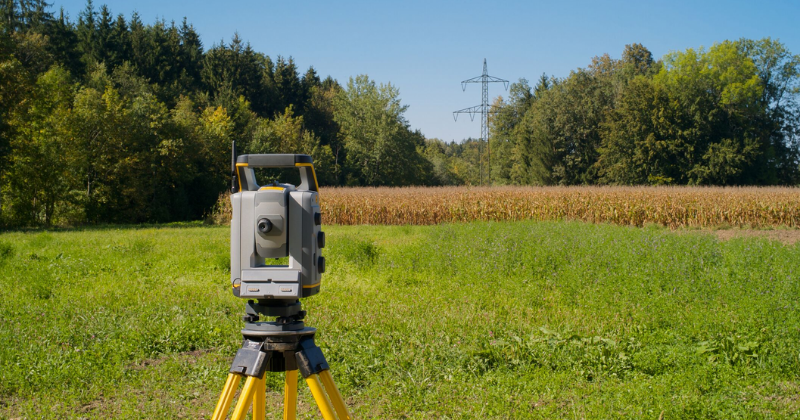Likewise, compensation for compulsory acquisition of land is a very pertinent issue, especially in this dispensation in which the government has sought to stimulate economic growth by, amongst other things, launching mega infrastructural projects such as the construction of the standard gauge railway. Here, Article 40 (3) of the Constitution protects the citizenry from deprivation of property unless the deprivation is for a public purpose or in the public interest and in such a case, the Constitution requires that the affected proprietor is promptly compensated in full and his or her right to seek legal redress is unfettered.
The Government has therefore taken cognisance of the need to address these vital issues by promulgating the following sets of regulations.
The Land (Conversion of Land) Rules, 2017
In exercise of the powers conferred under section 9 (5) of the Land Act, 2012 (the Act), the National Land Commission (the Commission) gazetted the Land (Conversion of Land) Rules, 2017 (the Land Conversion Rules) vide Legal Notice No. 282 of 2017. The Land Conversion Rules focus on the procedural aspects of the conversion of land from public land to either private or community land and seek to ensure the process is clear, efficient and conducted procedurally.
The National or County Government may on its own motion or upon request, identify land and notify the Commission of its intention to convert land under section 9 of the Act. The procedure is meant to be transparent.
Conversion of Public Land to Private Land
Upon receipt of the notification, the Commission should satisfy itself that:
- The land is, at the time of the intended conversion, public land
- The purpose of its intended use is compatible with land use planning for the respective area
- The land is not part of an ecologically sensitive area
- The conversion complies with provisions of the Act or any other law
- The land is not controlled land i.e. land within a zone of twentyfive kilometres from Kenya’s inland boundary, within the first and second row from the high-water mark of the Indian Ocean and any other land declared controlled land by law
Where the Commission is satisfied that the land meets the set out criteria and the matter amounts to a substantial transaction, the Commission will then refer the matter to the National Assembly or County Assembly for approval. Upon approval, the land is allocated by the Commission and its particulars entered in the Land Register.
Where the proposed conversion does not amount to a substantial transaction as defined in the Act, the Commission is required to invite the public for consultation by publishing a notice in at least two (2) dailies of nationwide circulation, affixing the notice in prominent places in a County or Sub-County including the headquarters, announcing the notice in official and vernacular stations of nationwide coverage and announcing in public meetings and places of worship. The notice must contain details of the land, proposed mode of conversion, specify the date, venue and time for the consultations and allow for representations within fifteen (15) days.
Where the Commission approves the intended conversion of land after scrutiny of the public representation, it will then allocate the land and enter the particulars in the Land Register.
Conversion of Public Land to Community Land
Upon receipt of an application for conversion of public land to community land, the Commission is required to satisfy itself that the land is public land and it will be used for the benefit of the community, as provided for under Article 63 of the Constitution.
The Commission is also required to invite comments or objections on the intended conversion of public land to community land by placing a thirty (30) day notice in the same form and mediums, as the notice for conversion from public to private land.
Where there are objections, the Commission is required to notify the National or County Government of the same for determination. In case there are no objections, the Commission will proceed to publish a notice in the Kenya Gazette on the conversion of the public land to community land. The conversion is then entered in the Land Register.
The Land (Assessment of Just Compensation) Rules, 2017
The Land (Assessment of Just Compensation) Rules, 2017 (the Land Compensation Rules) were developed by the Commission in exercise of the powers conferred under section 111 (2) of the Act, and gazetted vide Legal Notice No. 283 of 2017. The Land Compensation Rules focus on the assessment of compensation payable to persons who possess an interest in land, at the time which the Commission takes possession of such land.
The Land Compensation Rules provide that in assessing the appropriate compensation for compulsory acquisition of land, the Commission will consider the following factors:
- The market value of the land
- The damage sustained or likely to be sustained by persons interested at the time the Commission takes possession of the land
- Reasonable expenses incidental to the relocation of any of the persons interested
- Damage genuinely resulting from the diminution of the land between the date of the publication in the gazette of the notice
of intention to acquire land and the date the commission takes possession of the land
With regard to market value of the land, the Commission is required to consider the stipulated user of the land and whether there has been any increase in the value of the land, either after publication of the notice of intention to acquire the land; or by reason of use of the land in an illegal manner or a manner detrimental to the user. Conversely, the Commission does not consider the following matters when assessing compensation:
- The degree of the urgency which has led to the acquisition
- Any disinclination of the person interested to part with the land
- Damage sustained by the person interested which, if caused by a private person would not be a good cause of action
- An increase in the actual value of the land as at the date of the publication in the gazette, of the notice of intention to acquire likely to accrue from the use to which land will be put when acquired
- An outlay on additions or improvement to the land, incurred after the date of publication in the Gazette of the notice of intention to acquire land, unless the additions or improvements were necessary for the maintenance of any building in proper state of repair
The Commission will determine an award based on the market value of land which is taken as the value of the land at the date of publication in the Gazette of the notice of the intention to acquire the land. It should be noted that additional compensation is payable for disturbance over and above the compensation amount. Additional compensation is calculated at fifteen per cent (15%) of the market value of such land.
Conclusion
The efforts of the Commission to address the challenges affecting the land sector should be commended. It however remains to be seen to what extent the Rules will be implemented in order to determine their impact in addressing these challenges.
Still, strict implementation of the Rules is not enough. Corruption should also be tackled as it is a serious impediment in the Government’s efforts to address land issues. An example is the assessment and compensation of the compulsory acquisition exercise for one of the current flagship projects in the transport sector, which has been marred by allegations of corruption. This has resulted in the arraignment of senior officials in the Commission to answer to graft charges. We hope these efforts at curbing corruption will be sustained so that the contentious issues in the land sector will be addressed where possible, substantively
and with finality.





